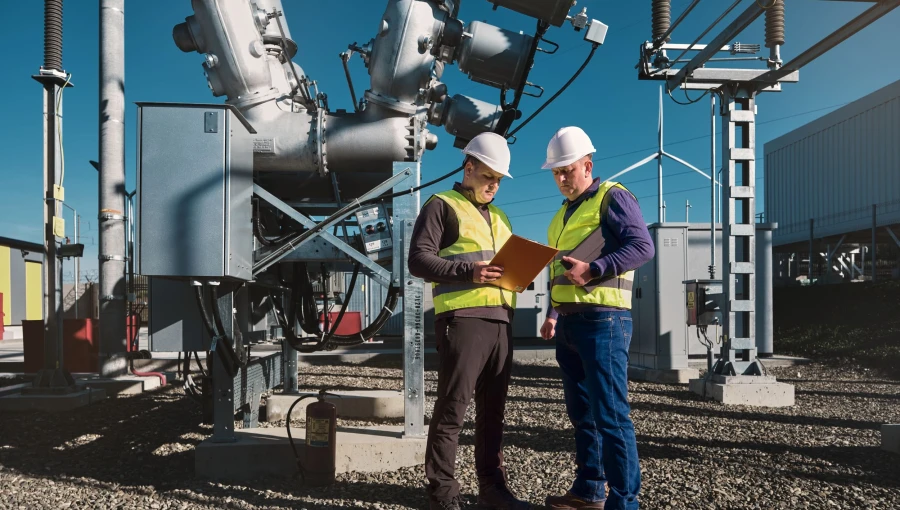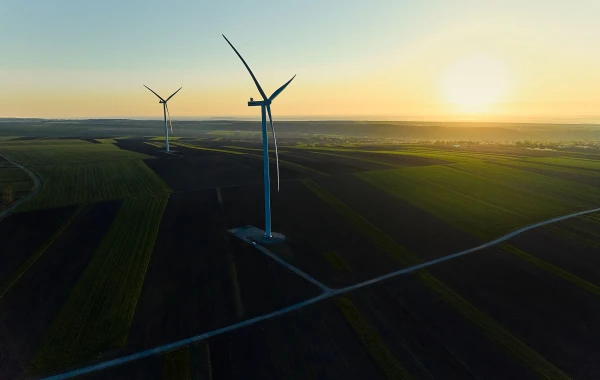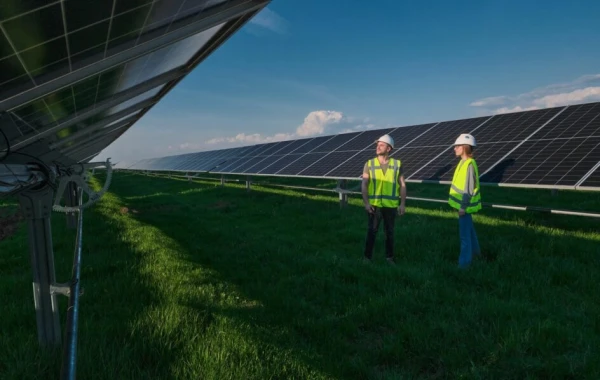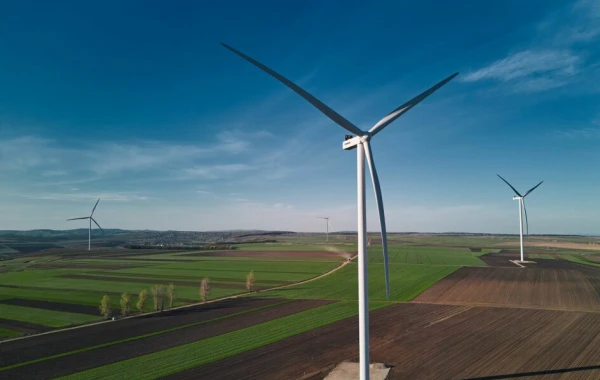We are advancing battery energy storage projects in Poland, with two prominent developments in Trzebinia and Kozienice, totalling 245MW of capacity.
As a key component in accelerating decarbonization efforts, battery storage is a crucial technology in adopting renewable energy sources while upholding system flexibility. Amidst Poland’s transition from traditional energy sources to a renewable-centric landscape, battery storage is well-positioned to help ensure the grid’s operability, provide the system with firm capacity and complement the intermittent nature of renewable energy.
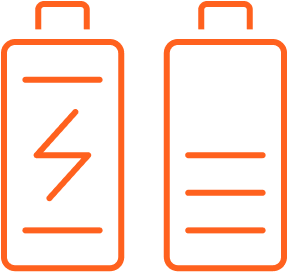
project type
project in
development stage
Total capacity (MW) in the country
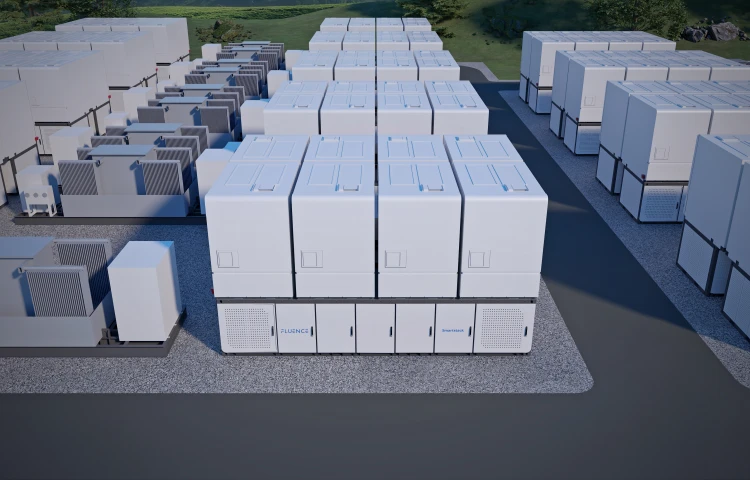
The 133MW Trzebinia project in southern Poland is set to become the largest battery storage facility participating in the Polish Capacity Market once batteries are integrated into the system from 2027.
The project will deploy Fluence's Smartstack™ platform – a modular, high-density system designed to enable fast deployment and optimised performance over an asset’s lifetime.
One of the most advanced solutions in the battery storage field is Fluence’s Smartstack™ technology, which is being used in the Trzebinia battery storage project. Smartstack™ is a fully integrated energy storage system designed to deliver high performance, safety, and flexibility. It enables stored electricity to be delivered within milliseconds, helping to stabilise the grid, prevent blackouts, and support the integration of renewable energy sources such as wind and solar.
Battery storage is key to unlocking the full potential of renewable energy in Poland. Wind and solar power often generate electricity at times when it’s not immediately needed. Without a way to store this excess, valuable clean energy could be lost. By capturing and holding that surplus for later use, batteries help balance supply and demand more effectively.
This flexibility reduces dependence on fossil fuels during peak hours, shielding consumers from volatile energy prices and contributing to more stable electricity costs. It also plays a significant role in lowering carbon emissions, supporting Poland’s transition towards a more sustainable energy mix.
Moreover, energy storage enhances the resilience of the power grid by reducing the risk of blackouts and maintaining consistent performance during periods of high usage or unexpected disruptions. It strengthens energy security and ensures that electricity remains available when it’s most needed.
Proven across numerous European countries, this technology has demonstrated its safety and reliability, making it a smart and forward-looking solution for Poland’s energy future.
A Battery Energy Storage System (BESS) stores electrical energy in batteries and releases it when it’s needed most, whether that’s during peak demand, grid disruptions, or when renewable energy production drops.
These systems are used across a wide range of settings, from national power grids and industrial facilities to commercial buildings and residential areas.
One of the most advanced solutions in this field is Fluence’s Smartstack™ technology, which is being used in the Trezbinia battery storage project. Smartstack is a fully integrated energy storage system designed to deliver high performance, safety, and flexibility. It allows stored electricity to be delivered within milliseconds, helping to stabilise the grid, prevent blackouts, and support the integration of renewable energy sources like wind and solar.
Each Smartstack unit includes state-of-the-art lithium-ion batteries housed in secure, fire-resistant enclosures with built-in safety features such as temperature monitoring, smoke detection, and automatic fire suppression. Real-time monitoring systems constantly track the performance and health of each battery module, ensuring that any irregularities are immediately detected and isolated.
While there are other solutions on the market, DRI chose to partner with Fluence, a global leader in battery storage technology.
At DRI, we’re proud to contribute to strengthening the European energy system by building battery storage projects usinTheir systems are deployed at more than 265 large-scale projects globally, with nearly 90 in Europe, including the UK, Germany, Belgium, Italy, and the Netherlands.
The original project in Balin was based on preliminary modelling by the Polish transmission system operator (PSE). However, after acquiring the project and conducting detailed technical analysis, we identified significant implementation challenges. The Balin location was 12.5 km away from the nearest grid connection point, requiring a cable route that would cross thousands of private plots and dense urban infrastructure, making the investment both technically complex and highly disruptive to residents.
The DRI team carefully evaluated around ten different locations. Our goal was to find a site far from residential areas to minimize inconvenience during construction. Myślachowice proved to be the best option.
The new location offers several key advantages: it is just 2.5 km from the grid connection point, lies near an industrial zone, allows for the construction of a high-voltage line to the Siersza substation without impacting residential areas or local infrastructure, and enables the cable route to run along a forest road, minimising disruption to the community during construction.
Therefore, this change significantly reduces energy losses and avoids crossing thousands of private properties and municipal infrastructure, which would have caused major disruption to the community.
Yes, battery storage is very safe when designed and operated correctly, as our project is, following the highest international safety standards.
We’re using Fluence’s most advance Smartstack technology, which includes advanced safety systems and real-time monitoring.
Each battery module is housed in a sealed, fire-resistant enclosure equipped with sensors and automatic suppression systems. In the unlikely event of a fire, technical fault, or overheating, the system can automatically detect the issue and isolate the affected container.
These safety measures are already in place at more than 265 large-scale battery projects around the world.
We understand that any new project brings questions. If you’d like more information, feel free to reach out to us at: info@dri-energy.com.
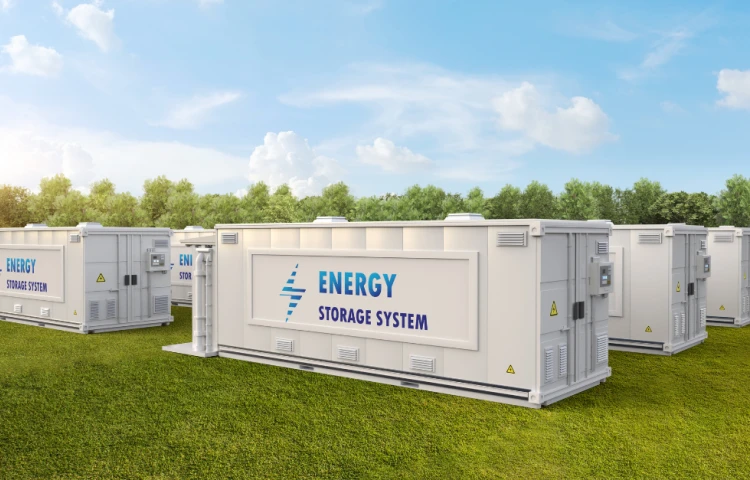
The battery energy storage system (BESS) will be located in Kozienice, in the east-central part of the country. The 112MW / 448MWh project is at the Ready-to-Build (RTB) stage, with all necessary administrative approvals, permits, and grid connection agreements in place for immediate construction.

